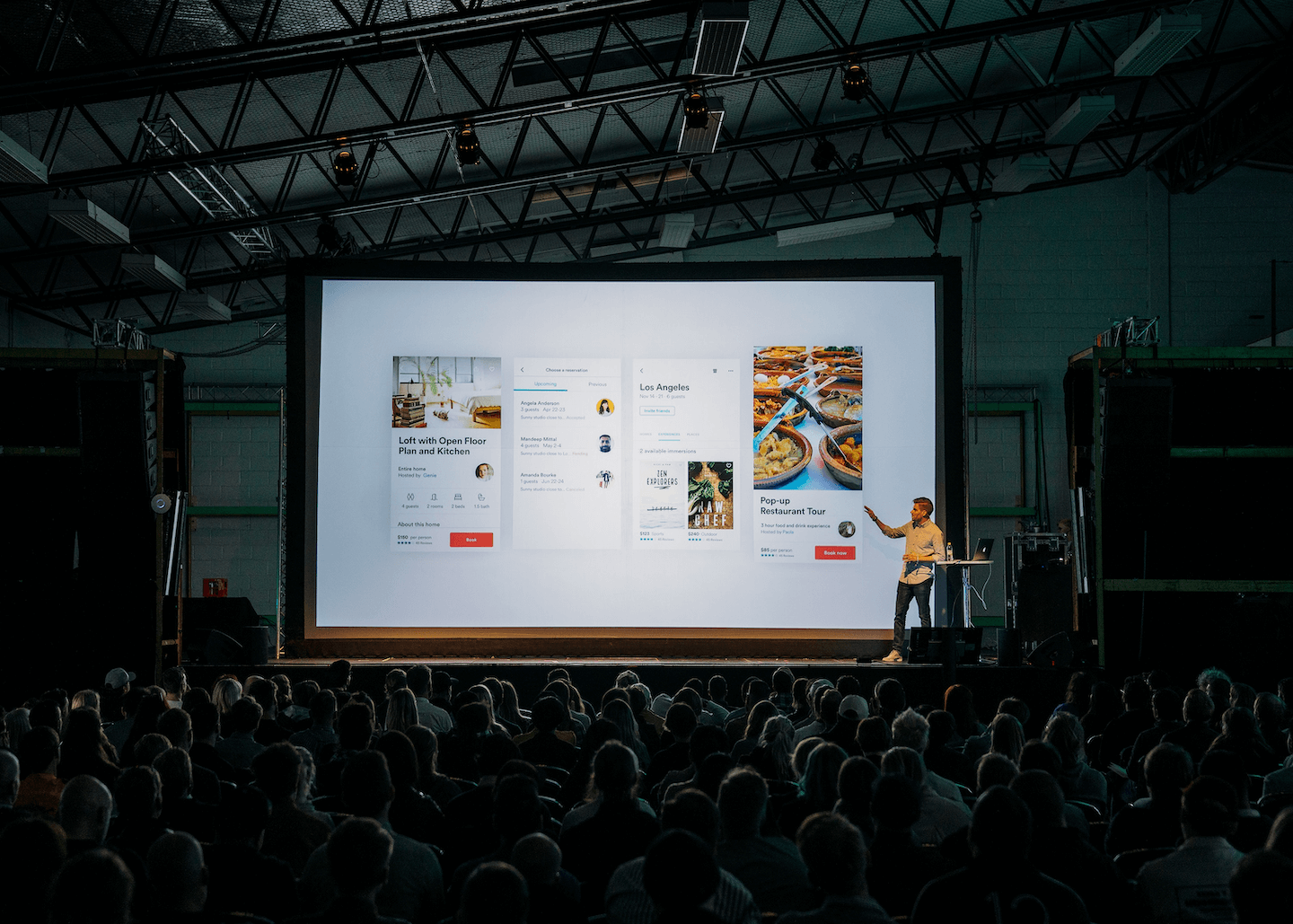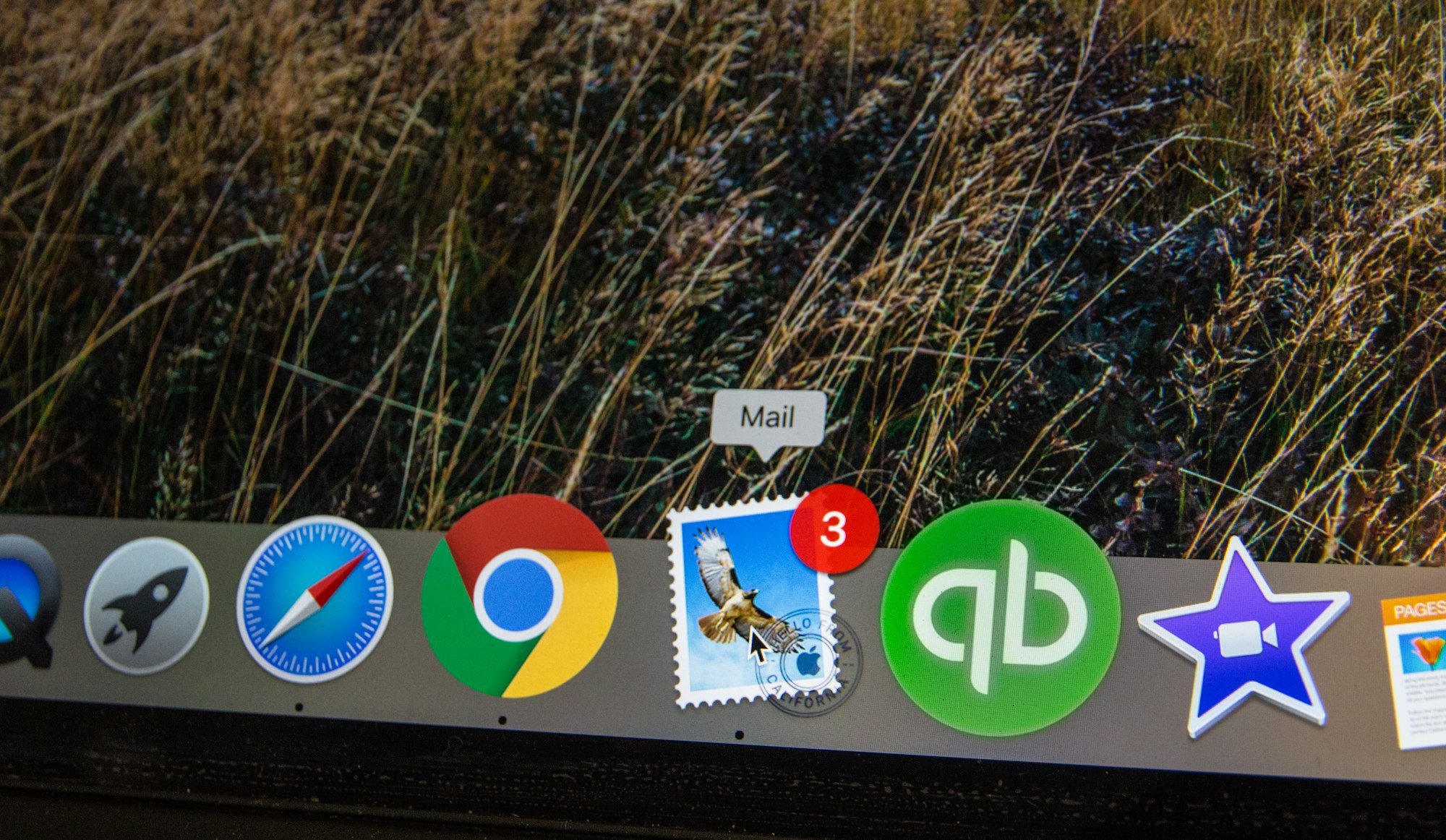We can all agree that the payoff of gaining a new customer is worth it in the end, but moving shoppers through the buyer’s journey can take a lot of time, money and resources. In this blog, we’re sharing 9 strategies to attract, engage and delight consumers at each stage of the buyer’s journey.
Consumer purchase decision process: tips to convert quicker
Follow these tips and strategies to help increase conversions and move customers through the consumer purchase decision process much quicker:
- Create a blog
- Use paid search
- Create a social media branding strategy
- Optimize for SEO
- Leverage email marketing
- Host webinars & create downloadable guides
- Offer a consultation
- Offer coupons or free trials
- Have a customer loyalty program
Awareness stage
The awareness stage is the first stage in the consumer purchase decision process, where consumers realize they have a problem. Need recognition occurs during this stage, but the consumer is not yet committed to researching solutions for the problem.
Value-add marketing focuses on exceeding customer expectations by delivering more than they asked for with every interaction.
It’s essential for eCommerce brands to use value-add marketing concepts to create content and increase visibility during this stage of the buyer’s journey, so prospects remember your brand as they move onto the consideration stage. Increase brand awareness at this stage by making your products or services easily discoverable to prospects. Here are some ideas we recommend implementing into your eCommerce marketing strategy to attract more prospects to your website.
1. Create a blog
No matter the size of your eCommerce business, blogging is a great strategy to attract customers. Avid blog readers will appreciate your content and look forward to coming back for more. Plus, the content you write about may be the solution they’ve been looking for.
Add value to your brand and increase search engine optimization efforts by writing informative and useful blog content. Although possible, it’s very rare that a person stumbles upon a blog from a brand they don’t recognize for the first time and makes a purchase. Build trust and establish industry expertise by determining a publishing cadence that works best for your business.

Publishing blogs consistently and frequently will help attract your audience and set expectations for blog subscribers. Your industry knowledge and expertise may intrigue them enough to do business with you. If you don’t know where to start with your eCommerce blog, we’ve outlined some business blog ideas to help kickstart your blogging strategy.
2. Use paid search
If your eCommerce business is not leveraging paid search, you could be missing out on significant revenue. We encourage the use of paid search to increase brand awareness and attract more prospective customers. This is a great opportunity to reach people who are actively googling products/services similar to those your business offers.
Your audience is already on the platforms that offer paid search. Why not meet them there?
Since your audience is already searching for the things your business sells, it’s critical to get your website in front of them. Featured ads at the top of search engine results are bound to drive more traffic to your site. We recommend implementing paid search in combination with an optimized SEO strategy drive considerable results.
Though we encourage using both SEO and paid search to attract a wider audience and drive more traffic, we understand that some businesses are indecisive as to which they want to invest time into first. If that’s the case for your eCommerce store, we’ve outlined some common circumstances your eCommerce may be facing to help you determine if paid or organic search is best for your business.
3. Create a social media branding strategy
Today’s social media-driven society provides a great opportunity for eCommerce businesses to thrive. Successful brands have a prevalent social media presence and engage users with unique, sharable content. Think about some of your favorite brands and how they add flair to your social media feeds to stand out from the competition.
A great first step to getting started with social media is to establish your brand’s voice and tone. Every social media post, comment and blog post should sound like it was written by the same person with the same tone of voice. Your brand’s voice is key to establishing and maintaining relationships with your audience.
Determine a posting cadence, just like you would for your blogging strategy, to maintain a strong social media presence. We recommend creating an editorial calendar to keep track of when specific posts are scheduled for. Not only will this help you to post consistently, it will also help to ensure you don’t repeat a post on the same topic or promote too little or too much about another topic.

Lastly, a brand’s voice should remain the same across platforms, but it’s okay for the tone to change as platforms vary. Think about the way you talk to your audience on LinkedIn vs. Twitter 一 your brand voice may be more professional on LinkedIn and more contemporary on Twitter. That’s totally fine, just remember to keep your key messaging congruent across all platforms.
Consideration stage
Right after the awareness stage comes the consideration stage, where consumers have a clear understanding of the problem or opportunity they’re faced with. If you have many users here, congratulations 一 it means you captured their attention. Now, it’s time to explain (through your content, of course) why your brand is the best solution to their problem.
In this stage, people are committed to researching a variety of possible solutions. They’ll evaluate all alternatives to determine whether or not a brand fits their needs. To discover the best solution, consumers will research and compare many different brands. Stick out from the competition and help consumers decide whether your brand is a great solution to their problem by implementing the following strategies during the consideration stage.
4. Optimize for SEO
When users search for information to solve a problem, they’re likely to click links on the first page of Google’s search results. Rank in organic search results, increase reach and put your brand directly in front of your audience by optimizing your SEO strategy. Since there’s always a technical or non-technical component of SEO that can be improved, be sure to follow an SEO guide to optimize your site to its full potential.
Take a look into the keywords and phrases that your audience is searching for. Admirable keywords have a low competition and a high search volume. Conduct some keyword research, and include relevant keywords throughout your content and site 一 but only where applicable. SEO best practices involve including keywords in the title tags, headings (especially H1 and H2), URLs, meta description, alt text and image file names. Avoid keyword stuffing, a black-hat SEO tactic that Google will penalize you for.

Appearing in users’ searches during the consideration stage of the buyer’s journey helps them learn more about your business, what you offer and whether or not they deem you a good fit for their needs. Too little SEO maintenance will not drive results, so be sure to maintain your site’s SEO on a weekly or monthly basis to increase your search presence.
5. Leverage email marketing
Increase the speed of the consumer purchase decision process with email marketing; it’s one of the most important channels for increasing eCommerce conversion rate. Nurture people through the buyer’s journey and increase website engagement by sending relevant and timely content. As consumers are evaluating all alternatives in this stage before making a final decision, emails are a great way to keep them engaged and wanting to learn more about your brand.
The email list is the 21st century Rolodex
No matter your eCommerce vertical, focus on building your contact lists throughout the year and determine a sending cadence. Emailing too little will not drive significant results, and emailing too often will disturb your contacts and drive them to unsubscribe. A happy medium is at least 2 times per week, but no more than 3 times per week. Use an editorial calendar to plan out when to send specific emails (just like you’d do for your social media strategy).
If you’re a service-based business, send out weekly or monthly newsletters to update contacts on some new content they might’ve missed.
6. Host webinars & create downloadable guides
If you’re selling business-to-business (B2B), show off your industry expertise by hosting webinars and creating downloadable eBooks or guides. For someone who is stuck in the consideration phase and having trouble deciding between your business and a competitor, your content strategy might just win them over. Some things that we’ve seen work well are comparison guides and case studies.
Make use of comparison guides, no matter if you’re an eCommerce retailer or service provider. Whether a CEO wants to leverage a different eCommerce platform because their business grew sizably or a person is looking to purchase a new camera without knowing the difference between a Canon or Nikon, create a downloadable piece of content explaining the differences, benefits and drawbacks of both options.
Content is still king or queen of your marketing kingdom
Then, create a case study to explain how a client grew their business on the new eCommerce platform or to show a happy customer and the photos they took on their new camera (the latter works best for B2C businesses).
Go one step further and reveal your industry expertise by hosting a webinar about a prevalent topic specific to your eCommerce vertical. As consumers dive deeper into researching your company (and others), they’ll appreciate that they have the ability to watch webinar recordings and download unique pieces of content.
Decision stage
After thoughtful consideration, a consumer finally makes a decision in this stage of the buyer’s journey. After deciding on a solution that best suits their needs, they convert into a customer! Be warned ー it’s still possible to lose customers at this stage in the buyer’s journey.
To ensure that the consumer purchase decision process ends in your business’s favor, carefully consider what customers usually like about your products or services compared to competitors. Find out whether shoppers have expectations to try your product or service for free before purchasing it and whether they need extra training or directions before using the product or service.
7. Offer a consultation
Although this one is specific to service-based businesses, it’s highly effective in alleviating any customer anxiety or concern prior to purchasing. Have a member of your team talk to a potential customer to answer any of their questions and ease concerns. Offering a consultation is a great way to have a one-on-one conversation with someone prior to making a purchase decision. Even if they decide that your business is not the right fit for what they are looking for, it’s not a total waste of their time because they learned actionable strategies to benefit their business.
Talking to your customers helps them, and helps you help them
8. Offer coupons or free trials
Who doesn’t love saving money? Offer coupon codes when possible to drive more sales and have customers feeling like they got a great deal. Coupons evoke a fear of missing out for some people, where they feel that they’re missing out on a great deal if they don’t buy something with the coupon.
Consider sending loyal customers larger discount codes via email, sharing smaller coupon codes on social media or using gamification on your site to engage more customers. Sometimes, a coupon is all someone needs to decide to purchase from a store.
9. Have a customer loyalty program
Marketing efforts aren’t finished once a person decides to convert and become a customer. Retain existing customers by nurturing them post-purchase. Follow up with customers by communicating with them their order information and confirmation, shipping details/updates, product recommendations, cross-sells, upsells and more.
82.4% of shoppers are more likely to purchase from brands that offer a rewards program.
Implement a customer loyalty program, like Smile.io, to maximize your customer acquisition efforts and turn transactional sales into passionate brand advocates. Plus, it costs up to 5 times less to retain an existing customer than it does to gain a new customer. Help your customers believe that your products are worth the price and eliminate any buyer’s remorse with an effective customer loyalty program.
Purchase decision TLDR;
The consumer purchase decision process takes time depending on the person making the decision. We hope you see prospects and leads move through the sales funnel at a faster pace after implementing these tips and strategies.
This is a guest post by Ethan Giffin, founder and CEO of Groove Commerce, a full-service eCommerce agency. Ethan is an industry expert in eCommerce, inbound marketing and the dynamic technologies that power client success. An entrepreneur at heart, Ethan started his first business at 10-years-old and has grown to become a 3x Inc. 5000 honoree and an EY Entrepreneur of the Year Finalist.








